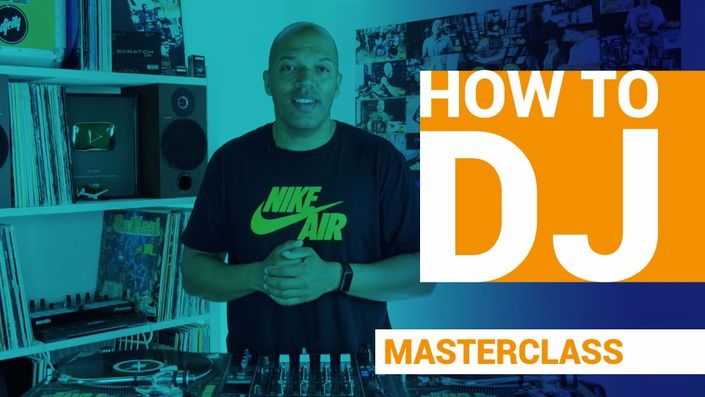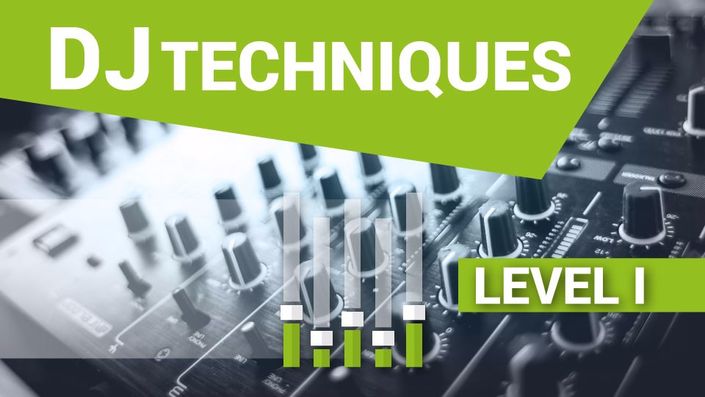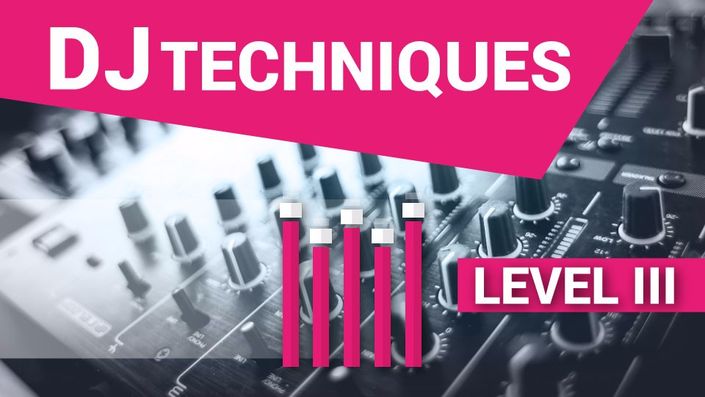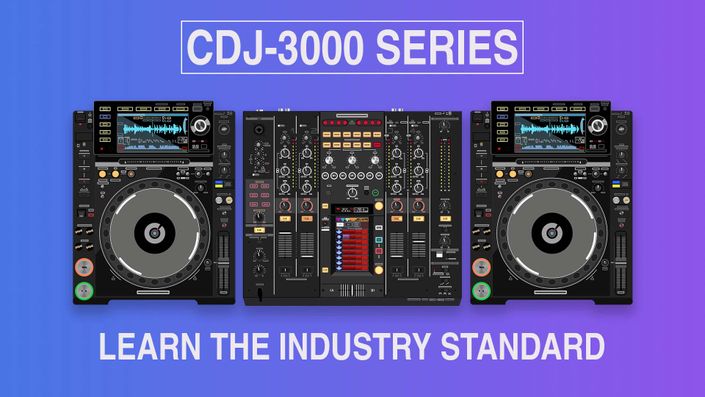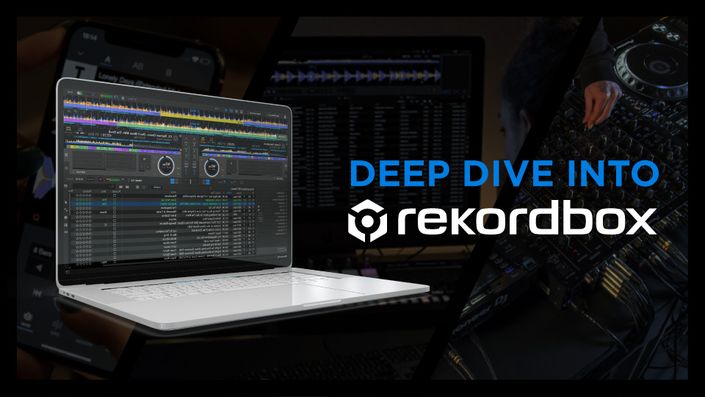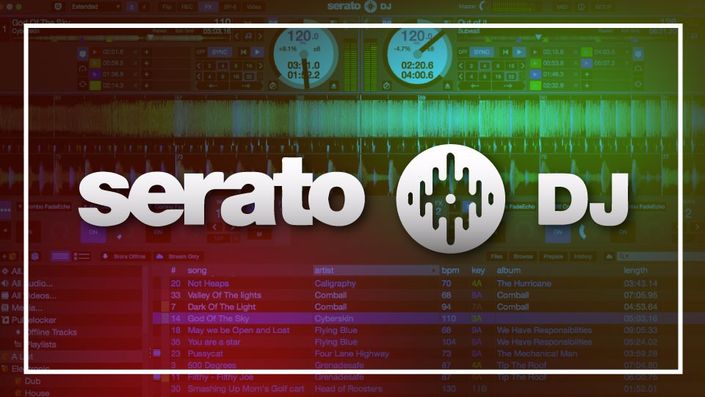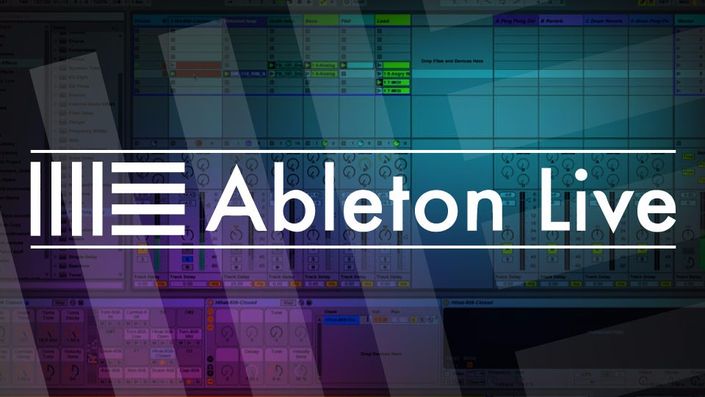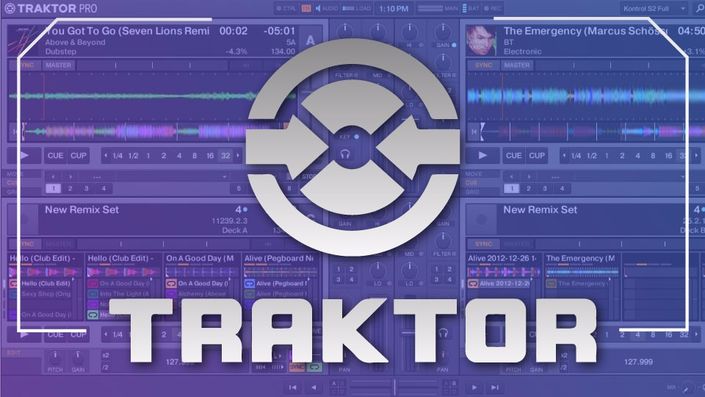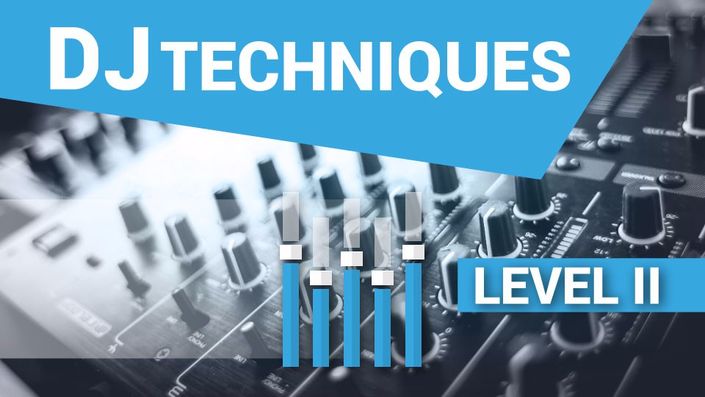
DJ Techniques II
This DJ course focuses on numerous intermediate and advanced level DJing techniques, including midi mapping, cue points, looping, and more!
Course Overview
Once you’ve mastered the basics of DJing, you may find yourself wondering which way to go. There are countless programs and techniques that you could delve into in order to progress past your current skill level—but where should you start?
Course Curriculum
-
PreviewMIDI Mapping in Serato Scratch Live In this lesson, we talk about how to map an external controller to the Serato Scratch Live application using MIDI. MIDI mapping will enable you to use an external device to control or toggle various parameters within the software application, assign and trigger cue points, add or change effects on the fly, and more! (6:54)
-
PreviewMIDI Mapping in Traktor In this lesson, we talk about how to map an external controller to the Traktor application using MIDI. MIDI mapping will enable you to use an external device to control or toggle various parameters within the software application, assign and trigger cue points, add or change effects on the fly, and more! (5:15)
-
PreviewIntroduction to Cue Points In this lesson we explain what cue points are, and how they are used in DJing. (1:09)
-
StartCue Points in Traktor Learn how to use cue points in Traktor to set beginning and end points in tracks and loops. We’ll also show you how to use cue points to indicate important spots in a track (e.g., intros, verses, choruses, bridges, pauses/stops, etc.) to tighten your mixing. (6:50)
-
StartCue Points in Serato Scratch Live Learn how to use cue points in Serato Scratch Live to set beginning and end points in tracks and loops. We’ll also show you how to use cue points to indicate important spots in a track (e.g., intros, verses, choruses, bridges, pauses/stops, etc.) to tighten your mixing. (4:35)
-
StartIntroduction to Looping In this lesson we explain what looping is, and how it is used in DJing. (0:42)
-
StartLooping in Traktor Learn how to use cue points to create loops in Traktor for continuously playing a portion of a track. (5:37)
-
StartLooping in Serato Scratch Live Learn how to use cue points to create loops in Serato Scratch Live for continuously playing a portion of a track. (7:30)
-
StartLooping on the Fly in Traktor Take full advantage of Traktor’s looping features by learning how to loop on the fly. We use the Traktor S4 device in this lesson, but if you own a different controller, you can still perform the looping techniques covered in this lesson by using MIDI mapping. Review the videos on MIDI for more help. (2:03)
-
StartTechniques with DJ Effects This video is a hands-on demonstration of using effects in an interesting way. After practicing these techniques, you should feel very comfortable coming up with your own set of effects for use as transitions between songs or remixes, or as layers on top of songs (e.g. as an added element to your own remixes). (5:35)
-
StartIntro to Scratching In this video, our DJ Courses Online instructor introduces you to the basics of scratching. Even if you've scratched before, this is a good guide for reviewing the fundamentals. These are critical to being able to scratch. Scratching can be added tastefully to supplement a song in a live performance, used as a solo, or in between. Just remember to really master each technique before attempting to perform live. (9:35)
-
StartTransitions (Part I) In this video, we'll take you through three different mixing transitions. These are important techniques to add to your live sets. The subtle, yet tasteful, use of transitions is something that can set you apart from amateurs. (2:41)
-
StartTransitions (Part II) In this video, you'll learn some useful transition techniques that are demonstrated on a digital controller, and can be emulated across many different devices including regular mixers or even iPad DJ software. (4:08)
Key course topics in DJ Techniques II:
Midi mapping an external controller via Serato Scratch Live and Traktor
By midi mapping an external controller, you will be able to control a multitude of parameters within each software application. These advanced techniques can give you even more tools for skillful DJing, which will give you more control in every aspect of the music you produce.
How to add or change effects on the fly
Effects can play a big role in creating new sounds. By learning how to produce them on the fly, you can enrich your creativity during live performances.The DJ mixing techniques that you can learn through our unique online videos will no doubt play a key role in broadening your horizons. With these new, more advanced skills in your belt, you can feel comfortable pursuing new sounds and creating innovative tracks.
How to assign and trigger cue points
Creating cue points can help you create more complex and layered tracks, but first you will need how to use complex software programs to create these cue points. By building on the foundation of your DJ know-how, whether it was acquired on your own or through our DJ Techniques I course, you’ve made basic DJ skills and programs your own. Now it’s time to move on to the next level.
How to use cue points to create loops on the fly for live DJing
For one thing, you’ll need to know how to effectively use cue points during live performances. These additions can help you create live tracks that are as complex as the ones you’ve made in the studio.
How to set beginning and end points in your preferred tracks or loops
Through setting beginning and end points, you can have full control in the length and style of the music you produce. These techniques can be applied to any genre, helping you to take new concepts and apply them to the sounds that you are moving toward. To make it even better, we ensure that our courses are constantly updating to reflect the latest cutting-edge software and techniques in the world of DJing. By taking our courses, nothing is out of your reach, and we can help you become the best DJ you can be.

